The Essence of AI-Generated Art: Is It Truly Art?
Artificial Intelligence (AI) has seamlessly integrated into many facets of human existence, reshaping industries and redefining the concept of creativity. One of the most striking transformations is the emergence of AI-generated artwork, sparking a pivotal debate: Can AI-generated creations be considered true art? In this article, we explore the intricacies of creativity, the role of AI, and the impact of this novel form of art on traditional artistic paradigms.
What Is AI-Generated Art?
AI-generated art involves the use of algorithms and neural networks to create visual content. These algorithms are trained on vast datasets of images and art styles, enabling them to produce original pieces. The most prominent example is the Generative Adversarial Network (GAN), which consists of two neural networks: one generating images and the other evaluating them for authenticity.
How Does AI Art Work?
An artist inputs a written or visual prompt into an AI art generator. For example, an artist might ask the generator to depict a tree using information about what trees look like. The generator uses the prompt to reference the data it's trained on and produce image options. The artist can refine the images further. For example, the generator might produce a random image and then make small adjustments to get closer to the intended output.
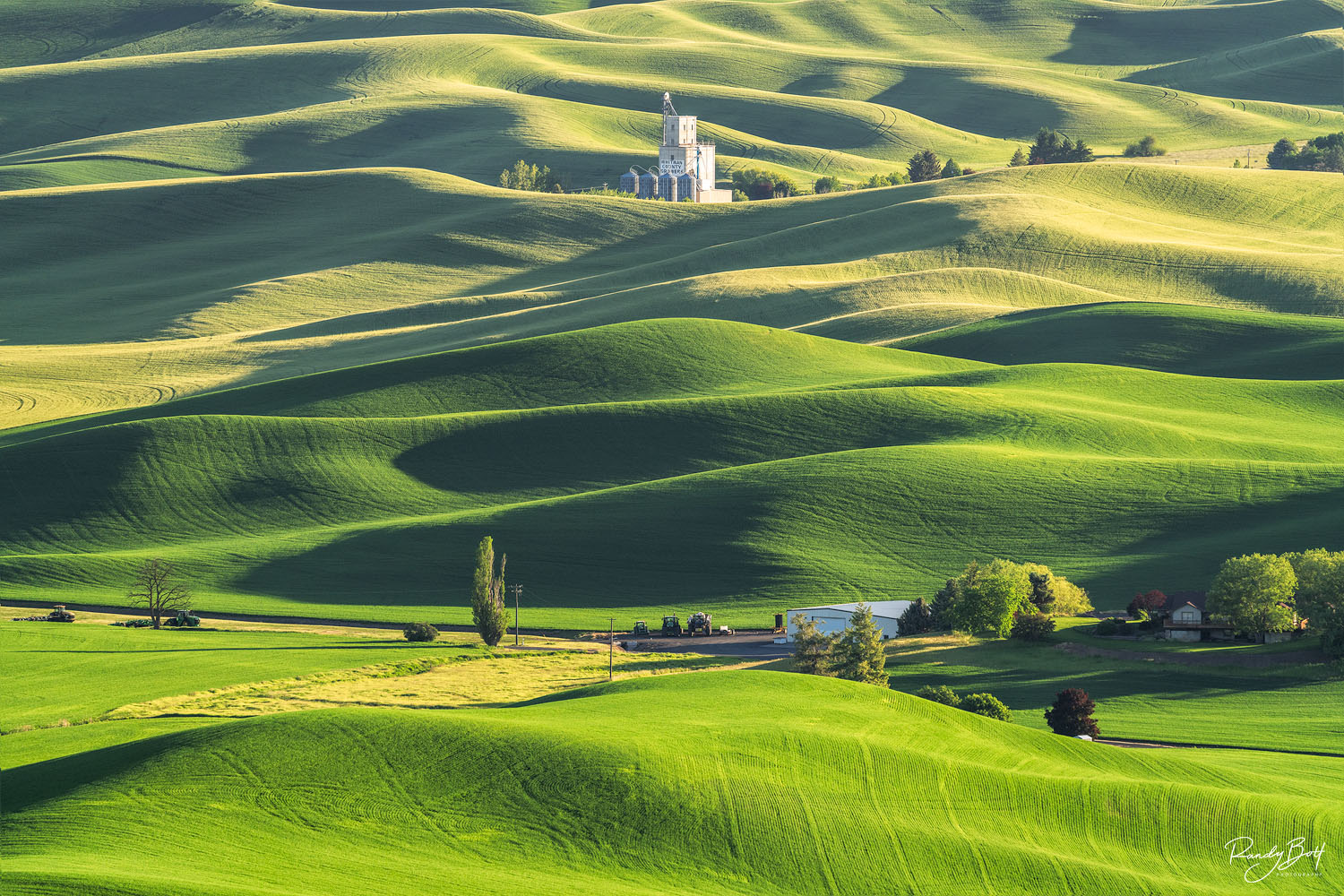
A breathtaking sunset from Steptoe Butte washes gold light over the hills of the Palouse. In the foreground, a rustic granary stands against the vibrant backdrop, flanked by small tractors that evoke a sense of agricultural heritage. The scene beautifully captures the tranquil essence of rural life, with the soft evening light casting long shadows over the landscape, highlighting the rolling hills and fields that surround the area. Limited edition print from the Palouse gallery.
The Debate: Can AI-Generated Art Be Considered Art?
The debate on whether AI-generated art is truly art hinges on the definition of creativity and the role of the artist. Critics argue that true art requires a human touch, emotional depth, and intentionality, aspects that AI lacks. Proponents, however, contend that AI expands the boundaries of creativity, introducing new forms and possibilities.
Does AI Art Steal Art?
One of the primary concerns about AI-generated art is the lack of consent from original artists. AI models use their work without permission, and these artists receive no compensation for their contributions. This issue is particularly problematic for artists who rely on their work for income. When AI-generated art competes in the same market, it can devalue the work of human artists and lead to financial losses.
AI-generated art often raises questions about copyright infringement. If an AI model produces an image strikingly similar to a copyrighted work, it can lead to legal disputes. The ambiguity surrounding the ownership of AI-generated art complicates matters further. Who holds the copyright—the AI model's creator, the user who generated the image, or the original artist whose work was used in the training dataset?
Preserving the Human Touch
Despite the rapid advancements in artificial intelligence, the irreplaceable human touch in traditional art continues to shine. The unique imprint left by the artist, reflecting their personal experiences, emotions, and cultural context, cannot be replicated by AI. While AI can assist and enhance the creative process, it falls short of capturing the depth of human expression.
Traditional art is a direct extension of the artist's soul. Every brushstroke, chisel mark, or pencil line is infused with the creator's individual experiences and emotions. These elements combine to create a piece that is uniquely human. The personal touch of the artist conveys a sense of authenticity and originality that AI-generated art struggles to achieve.
The Role of the Artist
While AI has made significant strides in the art world, it should be viewed as a tool to assist artists rather than replace them. AI can enhance the creative process by offering new techniques and expanding the artist's toolkit. It can generate ideas, suggest compositions, and even mimic certain styles. However, the ultimate creation still requires the human touch to imbue it with emotion, meaning, and cultural relevance.
AI as a Tool for Creativity
AI should be viewed as a tool that enhances human creativity rather than replacing it. By automating certain aspects of the creative process, AI allows artists to explore new ideas and styles, pushing the boundaries of what is possible. This collaboration can lead to the creation of innovative and thought-provoking art that might not have been possible otherwise.
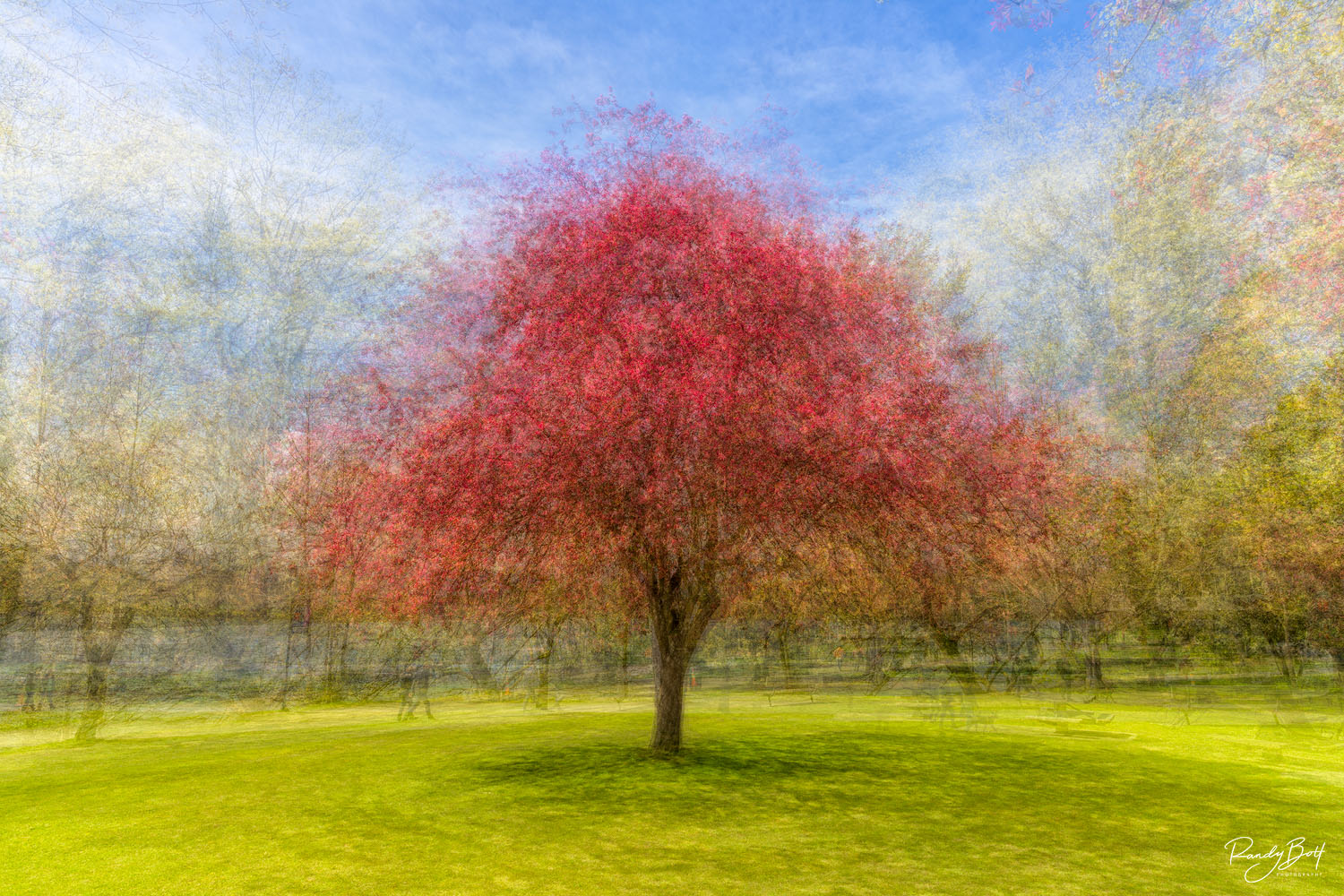
In the style of layering images, the photograph of a solitary tree takes on a captivatingly unique perspective. Through this technique of multiple exposures and circular compositions, the tree becomes a focal point of intricate layers and textures, each frame overlapping and blending seamlessly into the next. Limited edition from the Abstract gallery.
Implications of AI-Generated Art
The rise of AI-generated art has profound implications for the art world, impacting artists, galleries, and collectors.
Embracing the New Artistic Paradigm
AI-generated art challenges us to rethink our definitions of art and creativity. It invites us to embrace a new artistic paradigm where technology and human ingenuity coexist and complement each other. By doing so, we can unlock new dimensions of artistic expression and continue to push the boundaries of what is possible.
The emergence of AI in the art world prompts us to redefine what constitutes art and creativity. Traditional definitions often emphasize human skill, emotional depth, and cultural context. However, AI-generated art introduces a new element—technology—as a co-creator. This shift encourages us to broaden our perspective and consider how technology can enhance and expand our creative capabilities.
The integration of AI in art challenges us to push the boundaries of what is possible. It opens up new avenues for exploration and innovation, encouraging artists to venture into uncharted territories. This continual pushing of boundaries is what drives the evolution of art, ensuring that it remains dynamic and ever-changing.
Is AI Art Ethical?
One of the most significant ethical challenges posed by AI-generated art is the question of copyright and ownership. When an AI creates an artwork, who owns the rights to it? Is it the programmer who developed the AI, the user who instructed the AI, or the AI itself?
AI's ability to analyze and replicate existing styles raises concerns about proper attribution. AI can produce works that mimic the styles of well-known artists, which can blur the lines between original creation and imitation. Without clear guidelines, there is a risk of AI-generated art infringing on the intellectual property rights of human artists. Ensuring that AI-generated works include proper attribution and do not unfairly appropriate existing styles is crucial to maintaining ethical standards in the art world.
Protecting the rights and contributions of human artists is a central concern in the ethical discourse surrounding AI-generated art. Human artists invest significant time, effort, and creativity into their work, and their rights should not be undermined by AI technologies. By establishing ethical standards and ensuring that AI-generated art complements rather than competes with human creativity, we can create a more balanced and respectful artistic landscape.
Accessibility and Democratization of Art
AI-generated art has the potential to democratize art creation, making it accessible to a broader audience. Individuals without formal training or traditional artistic skills can use AI tools to create compelling artworks. This democratization could lead to a more diverse and inclusive art world, where creativity is not limited by technical ability.
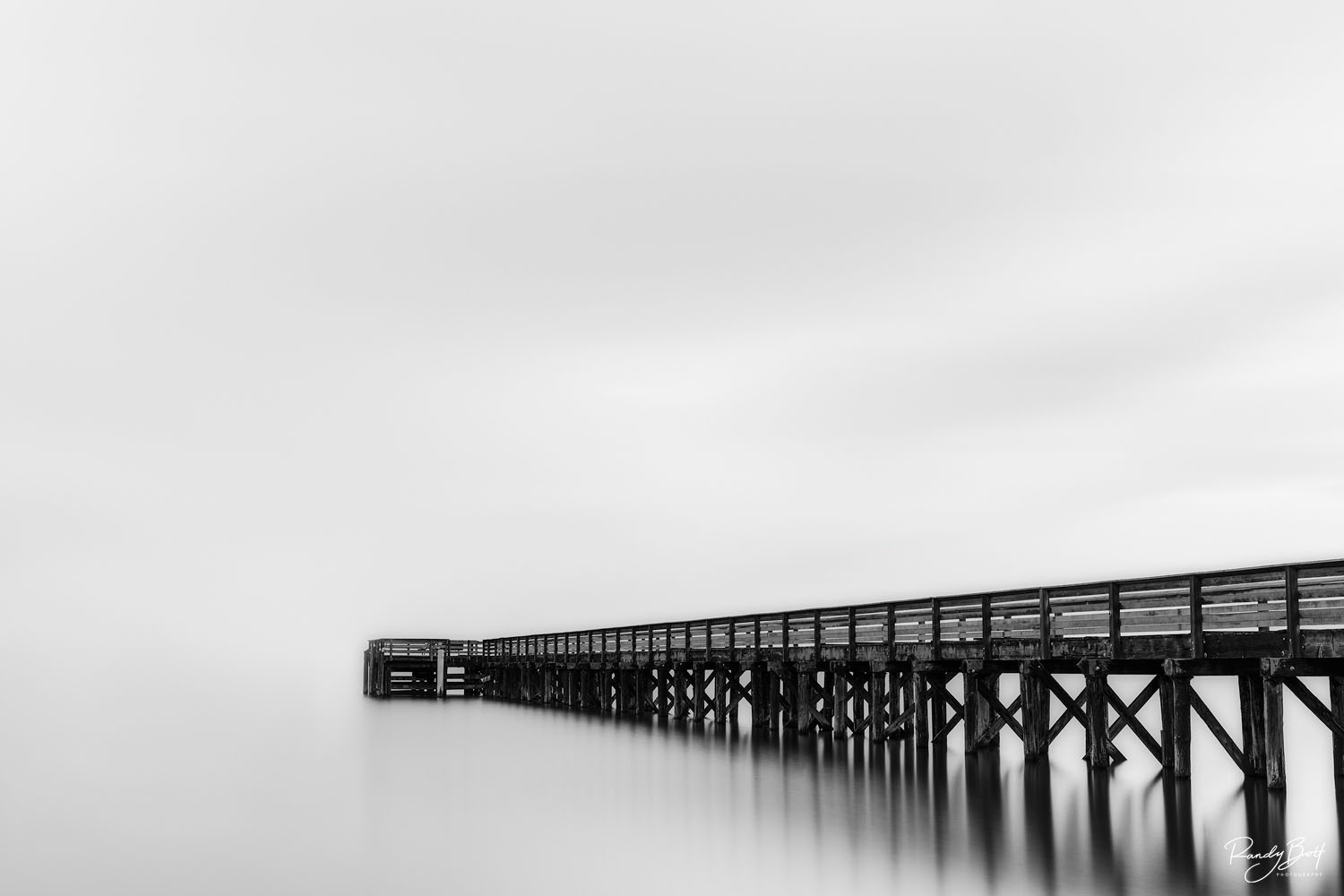
Embark on a journey through time, a mesmerizing long exposure fine art print that captures the essence of a solitary dock nestled in the vast embrace of the ocean. This evocative image transcends the boundaries of traditional photography, inviting viewers into a dreamscape where the boundaries between reality and imagination blur. Limited edition print from the Black and White gallery.
Conclusion
In conclusion, while AI can undoubtedly enhance the creative process, it cannot replace the irreplaceable human touch in traditional art. The unique imprint of the artist, the depth of human expression, and the rich cultural context are all elements that make traditional art truly special. AI should be embraced as a valuable tool that can assist artists, but the heart and soul of art will always remain human. By recognizing and celebrating the human touch in art, we can ensure that traditional art continues to thrive and inspire future generations.
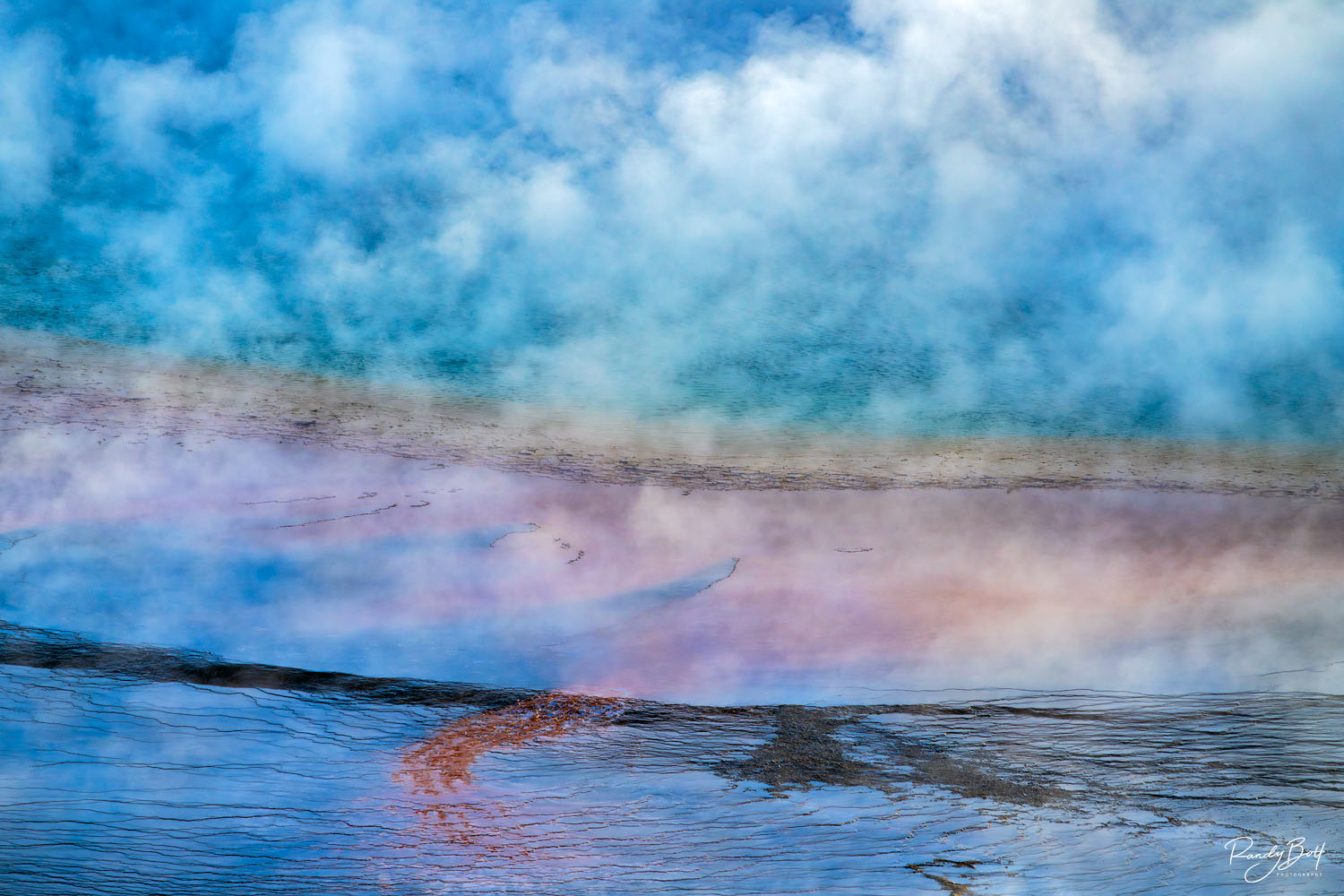
From the trail lookout above, the Grand Prismatic Hot Spring in Yellowstone National Park reveals its breathtaking colors. The colors transition from turquoise to green, then to yellow and orange along the edges. This kaleidoscope of colors is a result of different types of heat-loving bacteria and algae thriving in the varying water temperatures of the hot spring, creating a spectacular natural spectacle that contrasts vividly against the surrounding landscape. Limited edition print from the Abstract gallery.
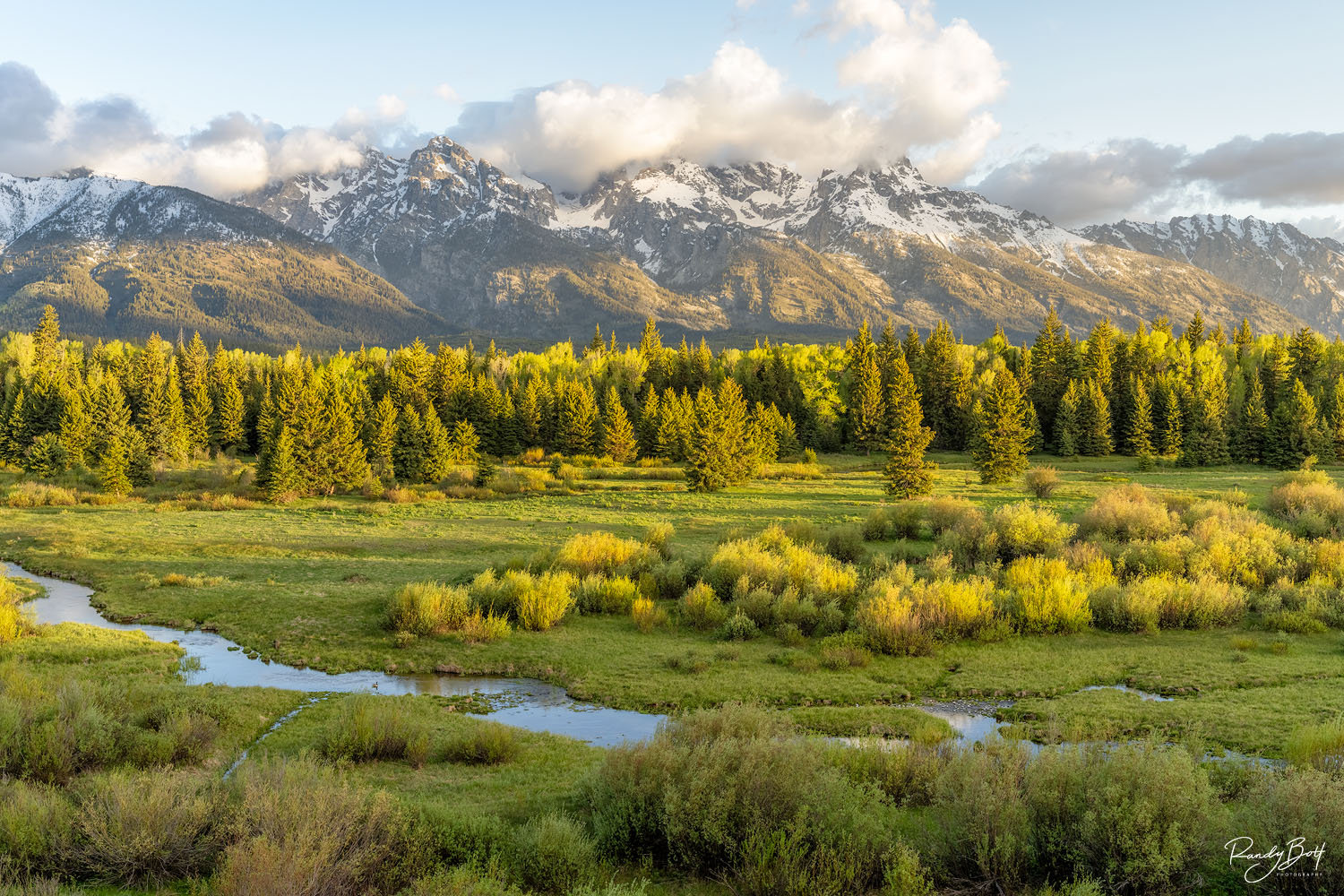
At sunrise, Blacktail Ponds in Grand Teton National Park transforms into a scene of tranquil beauty. The early morning light paints a gentle glow over the calm waters. Reflecting the towering peaks of the Teton Range in the distance, the ponds create a mirror-like surface that enhances the serene atmosphere of the park. It's a peaceful moment where nature's beauty unfolds in its quiet splendor, inviting visitors to witness the magic of dawn in this pristine wilderness. Limited edition print from the Grand Teton gallery.
